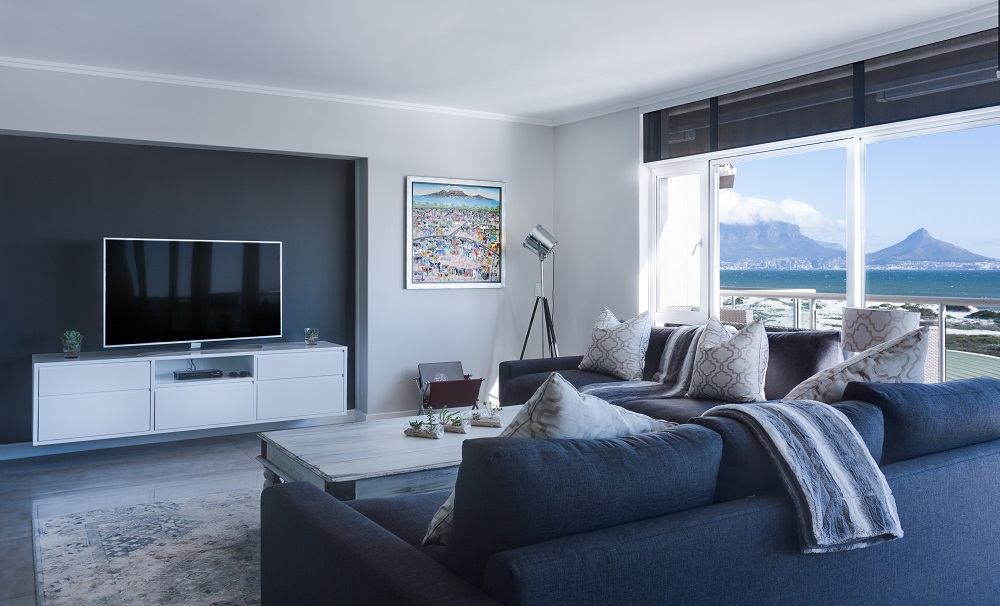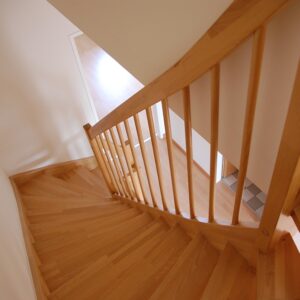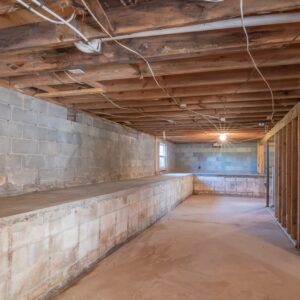The boundaries between indoor and outdoor living spaces are becoming increasingly blurred in contemporary home design. Homeowners today desire a seamless transition from the comfort of their indoor spaces to the beauty of the outdoors. This desire has led to a growing trend in home remodeling that focuses on merging indoors and outdoors. In this article, we will explore the art of designing seamless transitions between these two realms, discussing the benefits, challenges, and innovative design ideas that can transform your home.
Benefits of Merging Indoors and Outdoors
Before delving into the design aspect, it’s crucial to understand why merging indoor and outdoor spaces has gained popularity. There are several compelling benefits to this approach:
- Increased Living Space: Merging indoors and outdoors effectively extends your living area. This is especially valuable in regions with pleasant climates, as it allows you to make full use of your property year-round.
- Enhanced Wellbeing: Connection with nature has been linked to improved mental health and reduced stress. Seamlessly blending indoor and outdoor spaces allows homeowners to enjoy the benefits of nature without leaving the comfort of their homes.
- Energy Efficiency: Well-designed transitions between indoor and outdoor spaces can improve energy efficiency. Natural ventilation and passive heating and cooling strategies can reduce reliance on artificial climate control systems.
- Aesthetic Appeal: A well-executed indoor-outdoor design can significantly enhance the aesthetic appeal of your home. It creates a harmonious flow that feels inviting and visually pleasing.
- Increased Property Value: A thoughtfully designed indoor-outdoor space can add substantial value to your property. Potential buyers often seek homes with these features, making them a smart investment in the long run.
Challenges in Merging Indoors and Outdoors
While the benefits are enticing, there are challenges to consider when merging indoor and outdoor spaces. Understanding these challenges is crucial for successful remodeling:
- Weather Considerations: Depending on your location, weather can be a significant factor. Rain, extreme temperatures, and humidity can pose challenges, so proper planning and material selection are essential.
- Privacy: Merging indoor and outdoor spaces can compromise privacy. You’ll need to consider landscaping and architectural solutions to maintain a sense of seclusion while enjoying the outdoors.
- Maintenance: Outdoor areas typically require more maintenance than indoor spaces. Be prepared for upkeep such as landscaping, cleaning outdoor furniture, and protecting outdoor finishes.
- Design Cohesion: Achieving a seamless transition in design can be challenging. The aesthetics, materials, and layout should all harmonize to create a cohesive look.
- Cost: High-quality materials and skilled labor are often necessary to create a seamless transition. This can translate into higher costs for your remodeling project.
Innovative Design Ideas for Seamless Transitions
Now that we’ve explored the benefits and challenges of merging indoor and outdoor spaces, let’s delve into some innovative design ideas to help you achieve this seamless transition in your home remodeling project:
- Foldable Glass Doors: One of the most effective ways to merge indoors and outdoors is by installing foldable or sliding glass doors. These doors can be opened wide to create a continuous flow between your living room, dining area, or kitchen and your outdoor patio or deck. The uninterrupted view and easy access to outdoor spaces make this an appealing option.
- Outdoor Kitchens: If you love to entertain and cook, consider adding an outdoor kitchen. Equipped with a grill, countertops, and storage, an outdoor kitchen seamlessly extends your indoor cooking and dining experience to the outdoors. It’s perfect for hosting gatherings and enjoying meals in the fresh air.
- Transition Flooring: Choosing the right flooring is crucial to create a seamless transition. Opt for materials that work well both indoors and outdoors, such as polished concrete, stone, or wood. Consistency in flooring helps unify the spaces.
- Green Walls: Vertical gardens or green walls can be used to connect indoor and outdoor spaces visually. These lush, living walls not only enhance aesthetics but also improve air quality and provide a sense of being surrounded by nature.
- Furniture Selection: Select furniture that complements the design theme of both your indoor and outdoor spaces. Cushioned outdoor seating and dining sets can mimic the comfort of indoor furniture, making the transition smoother.
- Sunrooms and Enclosures: For areas with challenging weather, consider adding a sunroom or enclosed patio. These spaces provide a buffer against the elements while maintaining a connection to the outdoors through large windows or glass walls.
- Water Features: Incorporating water features like fountains, pools, or ponds can create a soothing, natural ambiance. The sound of flowing water can enhance the connection to the outdoors and mask urban noises.
- Natural Lighting: Maximize natural light by strategically placing windows and skylights. This not only brightens up your indoor space but also provides a clear view of your outdoor surroundings.
- Biophilic Design: Biophilic design principles focus on connecting humans with nature. Incorporating elements like potted plants, natural materials, and earthy color palettes can promote a sense of harmony between indoor and outdoor spaces.
- Seamless Thresholds: Pay attention to the transition points between indoors and outdoors. Flush thresholds that eliminate steps or barriers make it easy to move between spaces, especially for those with mobility challenges.
Case Studies: Successful Indoor-Outdoor Integration
To illustrate the concepts discussed, let’s examine two real-life case studies of successful indoor-outdoor integration in home remodeling.
Case Study 1: The Courtyard House
This modern home in California seamlessly merges indoor and outdoor living. The key features include:
- Large, sliding glass doors that open the living room to a central courtyard.
- An outdoor kitchen with a grill, bar seating, and a dining area.
- A central courtyard with a fire pit, water feature, and greenery.
- Consistent flooring materials that flow from indoors to outdoors.
The result is a home that feels like a tranquil oasis, with the courtyard serving as the heart of the living space. It blurs the lines between the interior and exterior, creating a harmonious connection to nature.
Case Study 2: The Coastal Retreat
Located on the coast of Florida, this beachfront property seamlessly integrates indoor and outdoor spaces. Key elements include:
- Floor-to-ceiling windows that provide unobstructed ocean views.
- A covered outdoor living room with comfortable seating and a fireplace.
- A beachfront deck with an infinity-edge pool.
- Natural materials like wood and stone that create a cohesive design.
This home offers a sense of serenity and relaxation, with the indoor spaces feeling like an extension of the beautiful coastal surroundings. The design maximizes both ocean views and the comfort of indoor living.
Merging indoors and outdoors in home remodeling is a design trend that continues to gain popularity for its numerous benefits. While challenges such as weather considerations and privacy need to be addressed, innovative design ideas and case studies demonstrate how to create seamless transitions effectively.
By incorporating foldable glass doors, outdoor kitchens, transition flooring, green walls, and other design elements, you can achieve a harmonious blend of indoor and outdoor living spaces. Whether you seek to enhance your wellbeing, increase property value, or simply enjoy the beauty of nature from the comfort of your home, the art of merging indoors and outdoors can transform your living experience into something truly extraordinary.
Generated by ChatGPT




